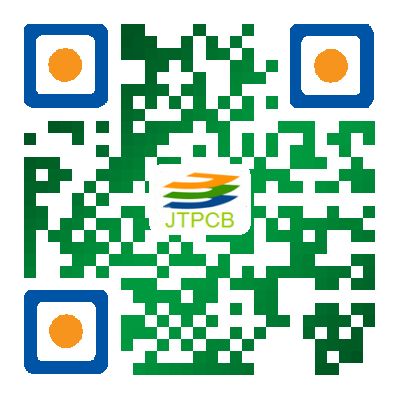Ceramic PCB Material: Ceramic 0.5MM High temperature/pressure resistant
Ceramic Printed Circuit Boards (Ceramic PCB)
JieTeng PCB offers ceramic printed circuit boards for your PCB needs. Many users of printed circuit boards find ceramic boards have an advantage over traditional boards made of other materials. This is because they provide suitable substrates for electronic circuits that have a high thermal conductivity and a low expansion coefficient (CTE). The multilayer ceramic PCB is extremely versatile and can replace a complete traditional printed circuit board with a less complex design and increased performance. You can use them for high-power circuits, chip-on-board modules, proximity sensors and more.
Besides its enviable thermal properties and expansion coefficient, ceramic boards work at operating temperatures up to 350 degrees Celsius, create a smaller package size, offer better high-frequency performance and can come in hermetic packages for no water absorption.
Using ceramic PCBs can also result in a lower overall system cost and be especially cost-effective for dense packages, since you have parallel processing of layers.
Ceramic PCBs Material:
Ceramic PCBs are usually made up of metal cores. For high thermal conductivity, aluminum nitride boards are ideal, providing greater than 150 w/mK. Since aluminum nitride boards are expensive, however, those opting for less expensive ceramic PCBs may find themselves with aluminum oxide boards, which offer about 18-36 w/mK. Both types will provide better thermal performance than metal core printed circuit boards, because there is no need for an electric layer between the core and the circuits.
Using silver for the printing traces — covered with glass for protection — will further increase thermal conductivity ( 406 W/mK). Other ceramic material options include boron nitride, beryllium oxide and silicon carbide. Ceramic boards are not finished with OSP, HASL or other traditional surface finishes because of the high operational temperatures. However, you can get your ceramic printed circuit boards with gold plating to protect the exposed pads if silver corrosion may be a problem, such as in high sulfur environments.
Ceramic PCB Thermal Conductivity
High ceramic PCB thermal conductivity is probably the leading reason more industries are turning to ceramics in their printed circuit boards and packages, as this material has a clear edge over plastics in this regard. Better CTE matching and hermetic sealing only add to the appeal of these materials. The challenge is that these materials, and the boards your ceramic PCB manufacturer makes from them, are considerably more expensive than materials for traditional printed circuit boards, which can add up significantly over the length of a high-volume job. However, the benefits of ceramic boards and the need for heightened thermal conductivity is so great, any company in a relevant industry that can afford to use ceramic boards will probably do so out of necessity.
While we can have an estimate of the level of thermal conductivity each ceramic board can provide, the final values will vary depending upon the manufacturing process, in addition to grain size and composition. We can offer a range of values that experts seem to agree upon.
Thermal conductivity for one of the most popular, although expensive ceramics — aluminum nitride — is one that many identify as over 150 W/mK, usually around 180 W/mK. However, studies find values ranging all the way from 80 W/mK to 200 W/mK at room temperature, with values dropping by more than one-third as you approach 100 degrees Celsius. Other thermal ranges we can identify at room temperature include 18-36 W/mK for aluminum oxide, 184 to 300 for beryllium oxide, 15 to 600 for boron nitride and 70-210 for silicon carbide.
Because the variations are so wide, it is difficult to pin down actual thermal conductivity numbers. Your best approach will be to do your own testing, record the values you obtain and use those in your future calculations.
Industries Served
Industries that need higher-frequency connections and good heat resistance can benefit from ceramic PCBs. Top industries that ceramic PCBs can serve include:
Aerospace
Automotive
Medical devices
Heavy machinery
Ceramic PCBs can be useful and efficient for printed circuit boards in these and many other industries, depending upon your design and manufacturing needs.
As a more than 20 years ceramic pcb manufacturer , JieTeng Electronics have rich experience to manufacture your ceramic pcb boards, Contact us to get a quote today !
Please send your Ceramic PCB Files to sales@jtpcb.com.cn , We will give the best solution to you .
|
Shenzhen JieTeng Precision Electronics Co., Ltd.
Contact Person: Sophia Wen
Mobile:13510797526
Q Q: 3342625352
Phone:0755-23500787
Fax: 0755-27099486
|

|